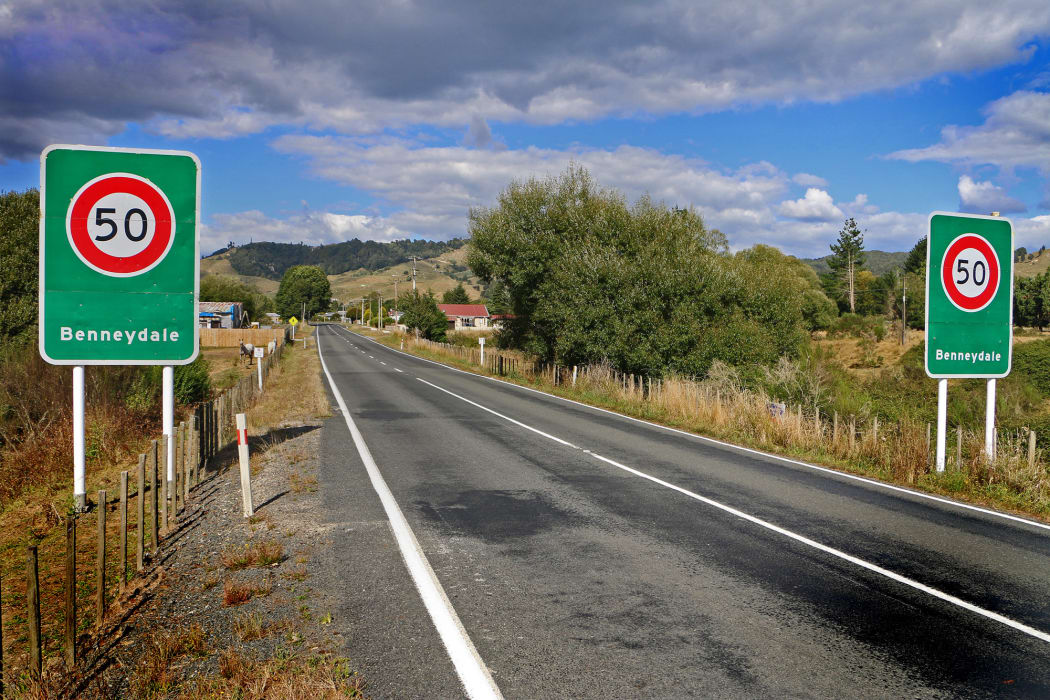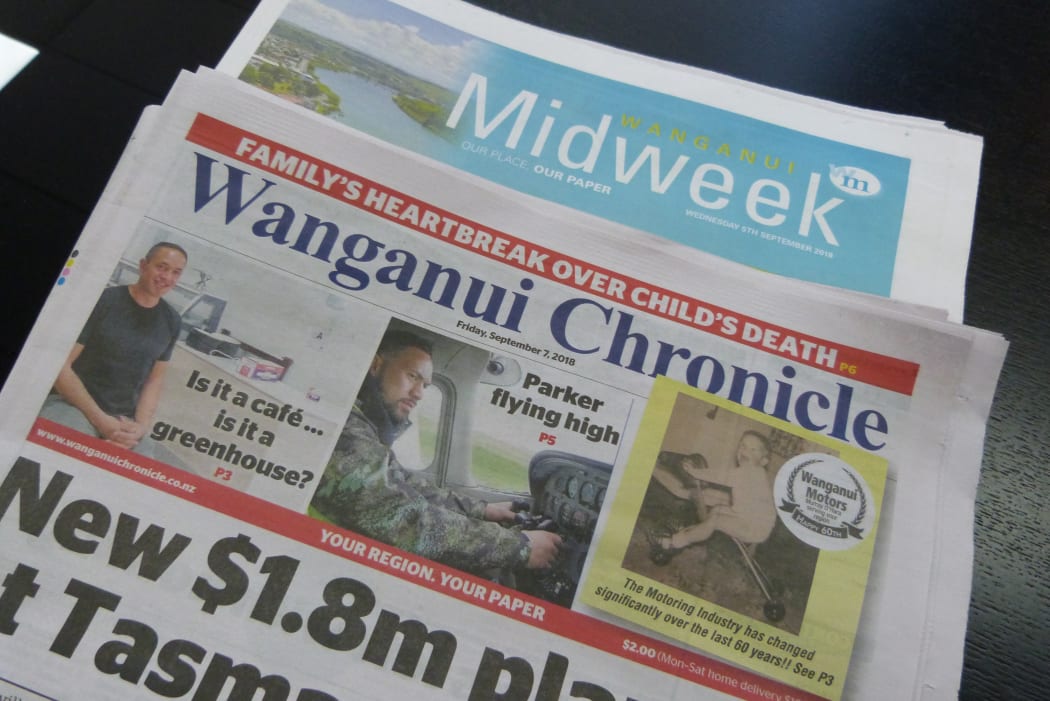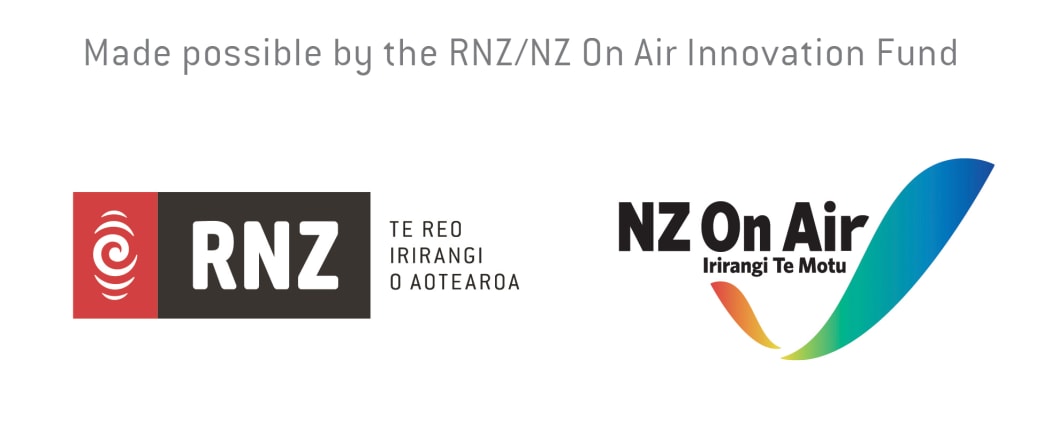
Benneydale will also be known now as Maniaiti. Photo: RNZ / Susan Strongman
Aotearoa, New Zealand, or both?
Whether it’s adding a letter, reinstating a Māori name, or naming a place for the first time – people care a lot about what places are called.
The addition of the ‘H’ to Whanganui demonstrated the outrage a name change can cause; as one naysayer said at the time, “Why would you want to change it? I’m all for staying the way we are.”
So too did the more recent proposal to rename the former mining township of Benneydale, Maniaiti. In that case, the numbers against the change dwarfed those in favour.
To appease the 200 residents while also respecting the desire of Maniaiti’s proponents, the decision was made to go with a dual name Maniaiti / Benneydale.
That’s also what happened with Te Ika A Maui, and Te Wai Pounamu – the North and South Islands respectively – which are now recognised in both English and Māori.
But who decides on whether a name – or names, for that matter - meet the mark?
That task comes back to the New Zealand Geographic Board, whose secretary is Wendy Shaw. She’s been in the role for 20 years.

The Chronicle's last week day edition without an 'h' in its front page title. Photo: RNZ / Leigh-Marama McLachlan
“[The application] requires that they provide a location map… they also have to take a bit of consultation… and what we’re looking for there is support from the community and iwi especially, and that will help the board in making the decision.”
She says factors taken into account are whether the name’s been in long term use, the spelling of the new proposals, whether there are abbreviations (the board doesn’t like those), and if it’s named after someone – if so, they have to be dead.
“Is it to commemorate something… is there a story associated with it? Is the feature too minor to be named? Is there an emergency search and rescue type-need to warrant naming the feature? It’s not just a question of naming for the sake of naming.
Anybody from the community can make a proposal.
Government agencies like the Department of Conservation, and territorial authorities, also have to go through the board to have their suggestions approved.
“Mostly New Zealanders, but we also have people from overseas naming features, especially in Antarctica and undersea areas out to the limits of the continental shelf.
The aforementioned naming of New Zealand’s two main Islands and putting the H back in Whanganui are both standouts for Shaw – the latter for the controversy it caused.
“That one letter can cause such ructions and such strong feeling is quite remarkable,” says Mark Dawson, who was the editor of the Whanganui Chronicle at the time of the change. Incidentally, it was still the Wanganui Chronicle for years after the change.
“We were a little tardy,” he says.
“The letters to the newspaper were quite vociferous, strong and plentiful.
He says most of the opposition was on the basis of: “I was born in Wanganui, and I will die in Wanganui… they resented the change.

Photo: RNZ

